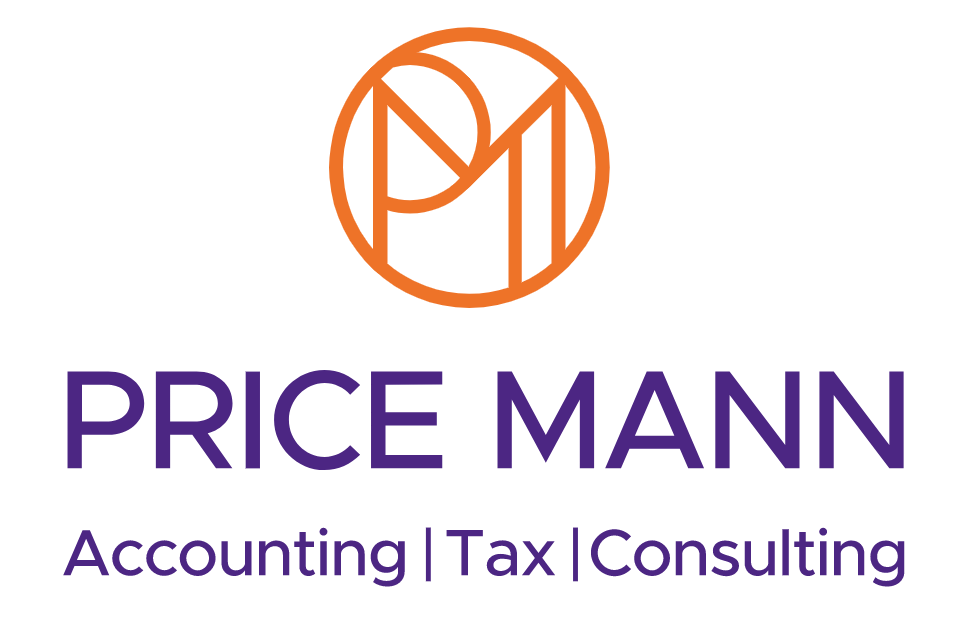Business Update: July 2022
Recovery loan scheme comes to an end
The Government’s flagship Covid business recovery scheme officially came to an end late last month (30 June).
The recovery loan scheme opened to applications on 6 April 2021 to help businesses cope with trade lost to the Covid pandemic.
The scheme offered £1.06 billion to small businesses through almost 6,200 facilities, with the latest figures from the British Business Bank showing £822.8 million had been claimed by October 2021.
The Government guaranteed 80% of loans to lenders who lost money to borrowers defaulting on their repayments.
When the scheme first launched, Chancellor of the Exchequer Rishi Sunak said: “As we safely reopen parts of our economy, our new Recovery Loan Scheme will ensure that businesses continue to have access to the finance they need as we move out of this crisis.”
Announced in Spring Budget 2021, the recovery loan scheme was just one of several business recovery programmes, including the coronavirus business interruption loan scheme (worth £26.29bn) and the bounce-back loan scheme (worth £47.36bn).
Businesses could claim loans between £25,001 to £10m with a capped interest rate of 14.99% until 31 December 2021, although the Government later decided to extend the scheme to the end of June 2022.
The rules were also changed so that businesses could only apply for a maximum loan offer of £2m from 1 January 2022 onwards, while the Government reduced their guarantees to lenders to 70%.
Ministers are reportedly preparing to launch a replacement £3bn-a-year recovery loan scheme to help businesses recover from the pandemic.
The new Government-backed loans will have tighter requirements for borrowers, who will have to offer personal guarantees.
Craig Beaumont, chief of external affairs at the Federation of Small Businesses, said: “If we head into recession, having a new loan scheme in place in the lending market could prove vital, especially if banks pull up the drawbridge on commercial lending.”
Talk to us about your business.
Taxpayers not ready for Making Tax Digital
People are unprepared and unenthusiastic for Making Tax Digital (MTD), according to a survey commissioned by HMRC.
Global market research group Ipsos recently released data suggesting “awareness of MTD in general, and MTD for income tax self-assessment (ITSA) specifically was low”.
MTD ITSA will require people with annual business or property income above £10,000 to keep their records and file their returns with specialist software from April 2024.
HMRC claims MTD ITSA will make it easier for people to file their taxes without making mistakes that cost the Treasury billions in lost tax revenue.
But only 38% of respondents agreed that using MTD-compatible software would be easy, compared to 35% who disagreed.
Under half (43%) said MTD would make submitting quarterly returns easy, while almost four in ten (39%) said it would be more difficult.
Similarly, just 34% said a quarterly summary would ease the end of year burden, compared to 42% who said it would become more difficult with MTD.
Ipsos randomly selected 2,200 individuals eligible for MTD for ITSA and weighted the final data to be representative of the MTD for ITSA population.
Andrew Jackson, representing both the Association of Taxation Technicians and Chartered Institute of Taxation, said: “The survey results suggest the lack of understanding among affected people of what the changes mean in practice. The survey results show an alarming lack of readiness and enthusiasm for MTD, fuelled largely by a lack of awareness that MTD for ITSA begins in less than two years’ time. The survey adds to our concerns about the lack of available and affordable Making Tax Digital software and the low numbers of businesspeople and landlords signing up to take part in the Making Tax Digital for Income Tax pilot. This taxpayer scepticism and overall lack of readiness is combined with a lack of certainty and continuing questions from agents on practical matters.”
He added that HMRC should publish more detailed guidance about MTD to improve awareness about the scheme.
National Insurance threshold increases
The Government is increasing the threshold at which workers start to pay National Insurance contributions (NICs) by £12,570 this month – the largest increase in a basic rate threshold.
The increase in the threshold means workers can earn an extra £2,690 before having to pay NICs.
The change also brings the NIC and income tax payment thresholds in parity for the first time.
According to the Treasury, the change equates to a tax saving of over £330 for a “typical employee” and benefits almost 30 million working people.
When Chancellor Rishi Sunak announced the shake-up in the Spring Statement 2022, the NIC threshold was £9,568 and rose to £9,880 at the start of the 2022/23 financial year.
Most individuals will now pay less National Insurance in spite of the increase in rates by 1.25 percentage points.
According to the Government, 70% of those who pay NICs will pay less starting this month (July), while 2.2 million people will be taken out of paying NICs altogether. Consumer website Money Saving Expert said those earning under £30,000 will pay less National Insurance compared with 2021/22.
Government overhauls audit regime
The Government has published a response to its consultation on strengthening audits, corporate reporting and corporate governance systems.
The long-awaited response outlines the Government’s plans to tackle dominance of large auditors, ban failing ones and bring unlisted companies under the scope of the regulator.
The current Financial Reporting Council will also be replaced by a “new, stronger regulator” called the Audit, Reporting and Governance Authority.
The regulator will have tougher enforcement powers and will be funded by a levy on industry to ban failing auditors from reviewing large companies’ accounts, rather than just those listed on the stock exchange. It will also have the power to ensure big audit firms are keeping their audit and non-audit functions separate.
The Government will also update the definition of micro-enterprises, suggesting the EU definition unnecessarily causes SMEs to do their accounts to a level of detail only needed for larger companies. A Government spokesperson said: "This will help the UK's companies grow whilst bolstering investment, as we take advantage of Brexit freedoms to regulate in a more proportionate and agile way that works for British businesses.
However, smaller companies will be required to conduct part of their audit with a challenger firm to curtail the dominance of large audit firms.













